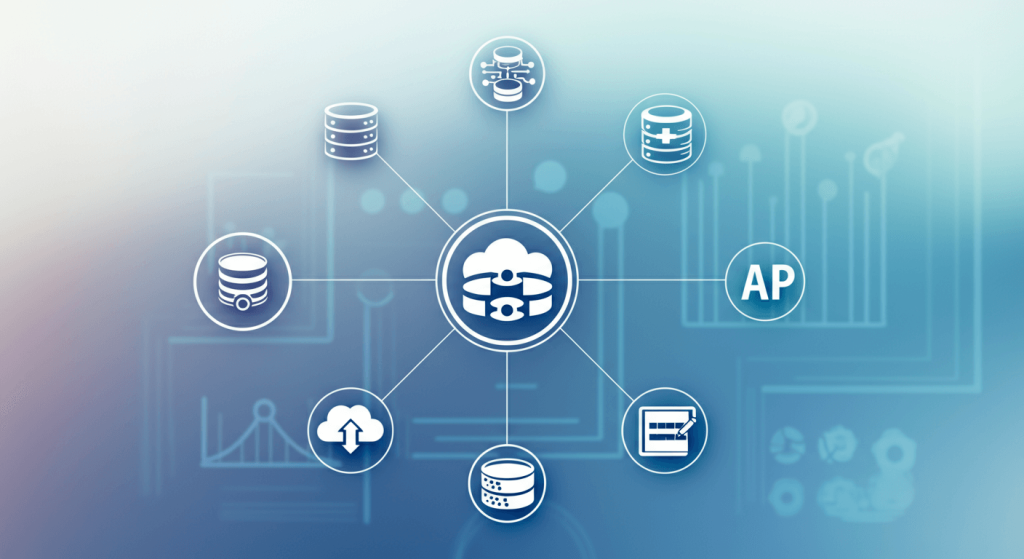
Successful Marketing in 2019 Is Not Based on Opinion, It’s Based on DATA
Disruption (in Marketing): Part 1 of 4
The shift toward data-driven marketing has completely changed the way businesses reach their target audiences, develop campaigns, and drive results. This is the Data-Driven way to work, where you use data to decide and make sure Marketing is Doable and Targeted.
What is Data-Driven Marketing and Why is it Important?
When it comes down to it, data-driven marketing is about leveraging the data that one has about one’s customers to better design, execute, and optimize marketing strategies. Rather than gut feel, brands can use information gained from how their customers behave, their preferences, and engagement to customize their messaging and campaigns.
Why is Data-Driven Marketing Essential?
The importance of Data-driven marketing to Today’s businesses
Data-driven marketing is important to the businesses of today as it makes it possible for:

-
Customization: This form of messaging can personalize it at a level that makes it more relevant. People respond more readily to campaigns that feel intimate and tailored to their specific needs.
-
Enhanced ROI: Once you have the data, you can concentrate only on strategies and channels that are effective.
-
Better Decisions: Data unpuzzles the picture, and it allows businesses to more wisely budget and strategize.
Whether you’re a new business or an established enterprise, knowing your audience and applying that information is key to thriving in today’s cutthroat environment.
Understanding Data Sources
You can’t take full advantage of data-driven marketing until you know exactly where you can get the data from. Businesses primarily use three types of data sources:

First-Party Data
This is information that you are getting directly from your audience. Consider customer surveys, purchase behavior, website analytics, and CRM tools. First-party data is also dependable, and it mirrors your exact audience. For example:
-
E-commerce brands monitor product views, the items purchased, and abandoned carts.
-
SaaS companies gather subscription behavior and user engagement data.
Second-Party Data
Second-party data is someone else’s first-party data that they decide to share with your organization. For example, in a partnership between an airline and a hotel chain, shared access to customer booking information may enable each brand to offer a more coordinated product.
Third-Party Data
This is data gathered by outside companies and then sold or shared with other companies. And while it often lacks the nuance of first-party data, it offers broader strokes. Examples include demographic information from companies such as Nielsen or Experian.
By connecting these data sources, companies gain a unified view of their audience and can market to them more effectively.
The Power of Analytics
The true wizardry occurs with data after it is collected. Contemporary analytics technologies are solutions that can enable marketers to glean valuable insights, track performance, and foresee forthcoming trends.

Best Tools for Analyzing Marketing Data
-
Google Analytics: Let’s you track website behavior ranging from page views to conversions.
-
HubSpot: It lets you see lead actions and marketing automation efficacy.
-
Tableau and Power BI: Aid in the visualization of mega trends to see large data sets.
Techniques You Should Know
-
Segmenting customers based on preferences enables hyper-targeted campaigns.
-
Predictive analytics predicts behavior, allowing businesses to know what their audience is likely to do next.
-
Attribution modeling helps determine what marketing touchpoints are bringing in conversions so resources can be used as efficiently as possible.
For instance, an online retailer may rely on predictive analytics to predict when a customer is prepared to repurchase a product, and send them a tailored email a few days before they run out.
Leveraging Data-Driven Approaches
Tools and techniques are cool, but they mean nothing without ways of implementation. The best data-driven marketers are usually successful because they combine insights with good execution.
Getting Started with Data-Driven Strategies
-
Create purposeful campaigns that feel personal by using customer personas.
-
Test out different messages to see what sticks.
-
Iterate and optimize campaigns based on performance.
Challenges and Considerations
Data-driven marketing works, but it’s not easy. The sooner such challenges are identified, the sooner and the better they can be resolved for successful implementation.
Privacy Concerns
There’s also growing customer interest in how data is used. Trust is preserved through transparency, the company added. For brands, clear privacy policies and seeking consent to use data are not optional.
Data Quality Issues
Insights can only be as great as the quality of the data. Companies need to have high-quality data — data that is clean, consistent, and error-free. Recurring audits and tools such as data validation software can be helpful.
Over-Reliance on Data
Data is important, but it should not come at the expense of creativity. It’s all about the balance of insight and ideas for powerful marketing.
Future Trends
Data-driven marketing is changing, and there’s plenty on the horizon shaping the industry.
AI and ML
This will be an ongoing revolution in marketing as AI continues to transform this space, as marketers craft campaigns that are more predictive and responsive. For example, chatbots or AI-powered tools like Jasper curate content according to user preferences.
Real-Time Data Usage
Moreover, next-generation tools will pivot toward real-time data collection and analysis, enabling brands to respond immediately to changing patterns and behaviors.
Integration of IoT Data
With the burgeoning of IoT devices, brands are going to get a lot more visibility, such as how their customers are using (or not using) products in their everyday lives, which will foster hyper-personalised experiences.
Using Data as Your Superpower
Data-driven marketing isn’t a trend, it’s a necessity.
Your business can succeed in the face of an increasingly competitive landscape by effectively gathering and processing data, making calculated decisions, and addressing the challenges that accompany your efforts.
Wish to understand how your business can implement data-driven marketing practices successfully? Begin by applying the marketing tactics outlined in this post.
Leave a Reply